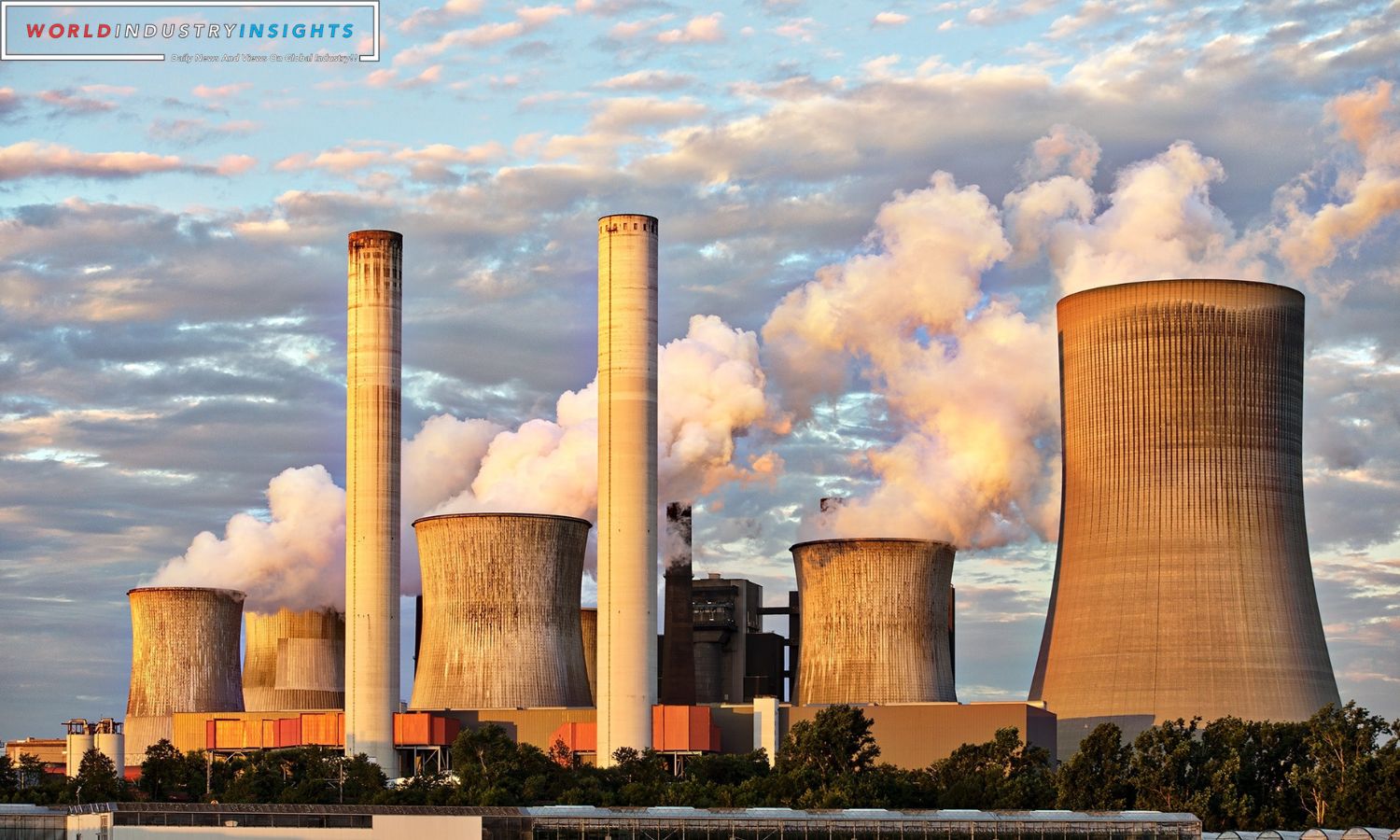Australian Energy Giants: In a potential game-changing move, two of Australia’s energy heavyweights, Woodside Energy and Santos, are in early-stage talks about a colossal merger. The ambitious deal aims to create a global oil and gas behemoth valued at a staggering A$80 billion ($52 billion), setting the stage for the most significant corporate transaction down under in recent memory.
This strategic move comes at a time when both companies are grappling with the twin challenges of decarbonization imperatives and project-related hurdles. Woodside, the larger player with a market cap of A$56.91 billion, emphasized that the ongoing discussions are confidential and, at this point, far from a surefire deal.
The potential merger, if it materializes, aligns seamlessly with the ongoing trend of consolidation in the global oil and gas sector. It also dovetails with recent efforts within Australia’s energy landscape to streamline operations, as witnessed in Woodside’s integration with BHP Group’s oil and gas business and Santos’ acquisition of Oil Search.
The Australian Competition and Consumer Commission (ACCC), known for its increasingly stringent stance on corporate takeovers in concentrated sectors, is likely to subject this merger to rigorous scrutiny. The ACCC has already indicated that it is monitoring the situation and will assess its impact on competition should the talks progress further.
Also Read: Currency And Energy Shifts: Navigating the Dollars Rise and Euros Challenges
This development is unfolding against a backdrop of challenges faced by the energy sector, ranging from regulatory hurdles to fluctuating share prices. Woodside, having recently completed a significant deal with BHP, is now navigating the complexities of gaining approvals for its A$16.5 billion Scarborough venture in Western Australia.
In a broader context, this move mirrors a series of major deals in the global oil and gas industry, such as Exxon’s acquisition of Pioneer Natural Resources and Chevron‘s high-profile deal to buy Hess for a staggering $53 billion. The Woodside-Santos merger is perceived as a strategic effort to optimize funding options, cut costs, and boost shareholder valuea crucial endeavor given the evolving dynamics of the energy landscape.
As Woodside’s shares dipped by 15.4% and Santos faced a 4.3% decline this year, the potential merger underscores the imperative for energy giants to adapt and thrive in an industry experiencing profound transformation.
Our Reader’s Queries
Who owns Woodside?
As of June 1st, 2022, the merged business was predominantly owned by existing Woodside shareholders, who held approximately 52% of the ownership. Meanwhile, BHP shareholders held the remaining 48%.
What fuel does Australia rely on?
Despite the growing awareness of renewable energy sources, Australia still relies heavily on fossil fuels to meet its energy needs. Coal remains the primary source of electricity, accounting for 75% of domestic power generation. Natural gas is also widely used in homes and industries, while oil is the backbone of the country’s transportation system, with some of it being imported. While efforts are being made to transition towards cleaner energy sources, the country’s dependence on fossil fuels remains a significant challenge.
What does the company Santos do?
As a key player in the Australian domestic gas and LNG market, Santos takes its role seriously. Our focus is on providing essential fuels like oil and gas while also taking steps to reduce emissions. We achieve this through a range of initiatives, including carbon capture and storage, energy efficiency projects, and the use of renewable energy sources in our operations. We also prioritize high-quality offsets to further minimize our impact on the environment. At Santos, we are committed to doing our part to create a sustainable future.
How much energy does Australia export?
In 2021-22, Australia’s energy imports and exports were depicted in a figure based on fuel type in PJ. The data revealed that Australia exported 15,623 PJ and imported 2,129 PJ of energy. Black coal accounted for 65% of the exported energy, while natural gas made up 30%. On the other hand, 91% of the energy imports were refined petroleum products and crude oil.


